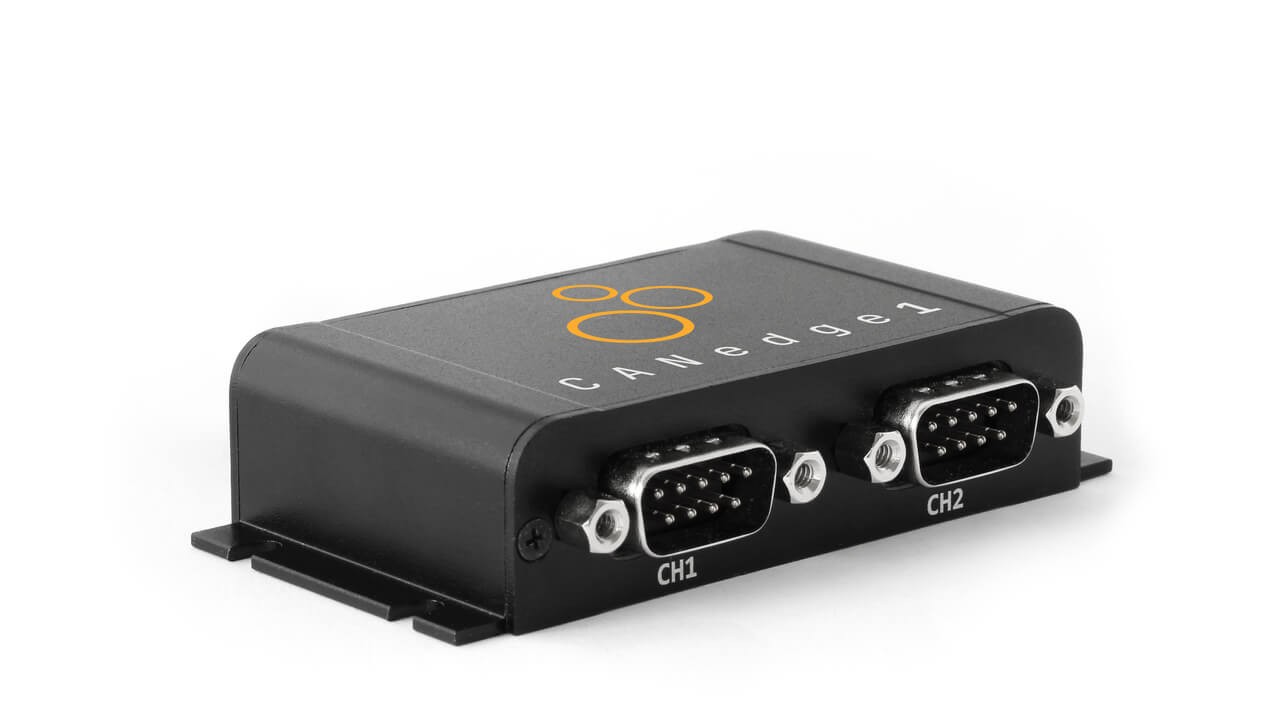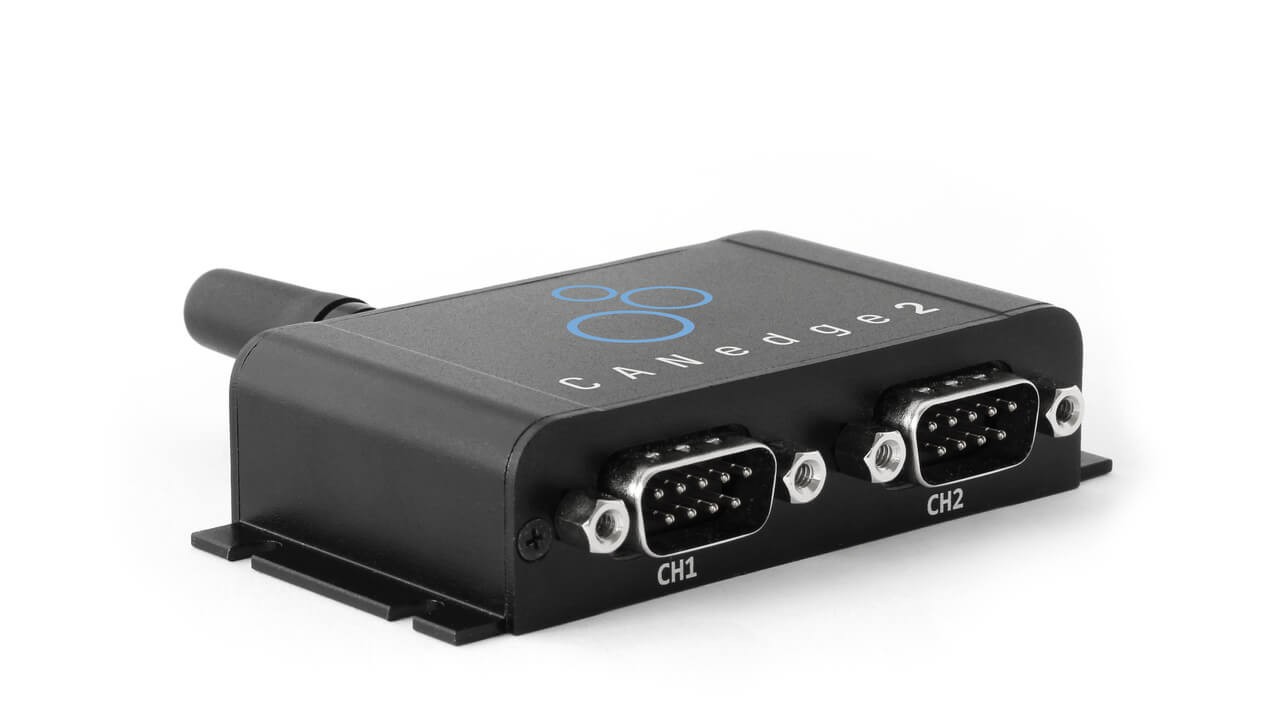Understanding the intricacies of modern vehicle Electronic Control Units (ECUs) requires delving into protocols beyond basic diagnostics. While On-Board Diagnostics II (OBD2) is widely used for emission-related and general vehicle health checks, protocols like CCP (CAN Calibration Protocol) and XCP (Universal Measurement and Calibration Protocol) offer deeper access for development, calibration, and advanced diagnostics. A key feature within XCP, Stimulation (STIM) mode, enables bypassing ECU calculations for testing and validation. This article explores how STIM in XCP relates to OBD2 and ECU Function Tests (EFT), and how they can be leveraged in comprehensive ECU diagnostics and development.
CCP/XCP: Beyond Basic Diagnostics
CCP and its successor XCP are master-slave protocols used for communicating with ECUs. They provide read/write access, enabling functionalities far beyond the scope of OBD2, including:
- ECU Calibration: Adjusting parameters and algorithms within the ECU.
- Data Measurement: High-frequency data logging of ECU internal signals.
- Flashing: Updating ECU firmware.
- Stimulation (STIM): A feature in XCP that allows external tools to provide input values directly to ECU algorithms, bypassing sensor inputs and internal calculations.
While CCP primarily operates over CAN, XCP expands transport layer support to include Ethernet, FlexRay, and CAN FD, offering greater flexibility and higher bandwidth.
A Brief History of CCP/XCP
Originally developed in the early 1990s, CCP evolved under the ASAP (later ASAM) standardization group, gaining industry-wide adoption. XCP emerged in the early 2000s as a modern successor, addressing limitations of CCP and incorporating new technologies. Key milestones include:
- 1992: CCP 1.0 Initial Release
- 1999: CCP 2.1 Standardized
- 2003: XCP 1.0 with expanded transport layer support
- 2017: XCP 1.5 with enhanced debugging capabilities
Today, while XCP is the more advanced and current standard, CCP remains in use in many ECUs, making understanding both protocols relevant.
Master-Slave Architecture in CCP/XCP
CCP/XCP operates on a master-slave principle. A master tool (like a PC or data logger) initiates communication and controls one or more slave ECUs. Communication relies on standardized interfaces (ASAP1/ASAM MCD-1) and ECU description files (A2L format – ASAP2/ASAM MCD-2 MC) which detail ECU parameters and communication specifics.
Use Cases for CCP/XCP
CCP/XCP protocols are essential for:
- ECU Development & Calibration: Fine-tuning ECU parameters during development.
- High-Resolution Data Logging: Capturing ECU data at microsecond intervals.
- Internal ECU Data Access: Accessing data not broadcast on the CAN bus.
- Real-time Parameter Adjustment: Modifying ECU variables on-the-fly.
- ECU Flashing: Updating software and firmware.
Key Advancements in XCP over CCP
XCP introduces several improvements over CCP, including:
- Expanded Transport Layers: Support for CAN FD, Ethernet, FlexRay, etc.
- STIM Mode: The crucial “stimulation” mode for ECU testing.
- Enhanced Data Acquisition (DAQ): Predefined and dynamic DAQ lists for efficient data streaming.
- ECU Auto-Detection: Master tools can automatically discover slave ECUs.
- Precise Timestamps: ECU-generated timestamps for accurate data synchronization.
CCP/XCP vs. OBD2: Understanding the Difference
While both CCP/XCP and OBD2 involve ECU communication, their purposes and capabilities differ significantly. OBD2 is designed for standardized diagnostics, primarily for emissions and basic vehicle health. CCP/XCP, conversely, is for in-depth ECU development, calibration, and advanced testing, including STIM.
| Feature | CCP/XCP | OBD2 |
|---|---|---|
| Purpose | Development, Calibration, Advanced Test | Diagnostics (Emissions, Basic Health) |
| Access Level | Deep, Read/Write | Limited Read-Only |
| Standardization | ASAM MCD-1 XCP, ASAM MCD-1 CCP | ISO 15765, SAE J1979 |
| STIM Mode | Supported (XCP) | Not Supported |
| Typical Use | OEM Development, Pre-production | Post-production Diagnostics |



Diving into STIM: Stimulation Mode in XCP
Stimulation (STIM) mode in XCP is a powerful feature that allows external tools to inject data directly into the ECU’s processing flow. Instead of relying on actual sensor inputs, STIM enables engineers to simulate various scenarios and observe the ECU’s response.
How STIM Works
In STIM mode, the master tool sends STIM-DTO (Data Transfer Object) messages to the ECU. These messages contain pre-defined values that are directly fed into specific ECU algorithms or variables, bypassing the normal input path from sensors or other ECU modules.
Benefits of STIM
- Comprehensive ECU Testing: Simulate fault conditions, extreme environments, or sensor failures to evaluate ECU robustness.
- Algorithm Validation: Isolate and test specific ECU algorithms by providing controlled inputs.
- Hardware-in-the-Loop (HIL) Simulation: Integrate STIM into HIL setups for automated and repeatable testing.
- Bypass Complex Scenarios: Test ECU behavior in situations that are difficult or dangerous to reproduce in real-world conditions.
STIM vs. OBD2 EFT: Different Tools for Different Jobs
Now, addressing the core question: What Stim To Pair With Obd2 Eft? It’s important to understand that STIM and OBD2 EFT (ECU Function Test) are not directly “paired” in the traditional sense. They are tools used at different stages and for different purposes in the vehicle development and diagnostics lifecycle.
-
OBD2 EFT (ECU Function Test): Typically performed post-production or during repair, EFTs via OBD2 are standardized tests to verify basic ECU functionalities and emission control systems. They rely on predefined diagnostic trouble codes (DTCs) and parameter IDs (PIDs) accessible through OBD2 protocols.
-
STIM (Stimulation) in XCP: Used primarily during pre-production, development, and advanced validation. STIM is for in-depth ECU algorithm testing and robustness evaluation under controlled, simulated conditions. It’s not part of the standardized OBD2 diagnostics.
Instead of “pairing,” think of them as complementary tools in a broader ECU validation process. Data gathered from STIM tests (using XCP) can inform the design and validation of OBD2 EFT procedures. STIM testing can help identify edge cases and potential failure modes that should be covered by OBD2 diagnostic routines.
Analogy: Imagine medical diagnostics. OBD2 is like a general check-up – blood pressure, basic blood tests. STIM is like specialized, in-depth testing in a lab to understand specific organ functions under stress or simulated conditions.
Example STIM Use Case
Consider testing an ECU’s engine control algorithm under extreme temperature conditions. Using STIM:
- Bypass Temperature Sensor Input: Instead of physically changing the temperature, use STIM to inject simulated temperature values directly into the ECU.
- Control Input Parameters: Inject a range of temperature values (e.g., -40°C to +120°C) via STIM-DTO messages.
- Monitor ECU Response: Observe how the ECU adjusts fuel injection, ignition timing, and other parameters in response to the simulated temperature changes, logging data via XCP DAQ (Data Acquisition).
- Validate Algorithm Behavior: Analyze the logged data to verify that the ECU’s engine control algorithm functions correctly and robustly across the simulated temperature range.
This type of testing, enabled by STIM, is crucial for ensuring ECU reliability and performance in diverse operating conditions, going far beyond the scope of standard OBD2 diagnostics.
Conclusion: Leveraging STIM and OBD2 EFT for Comprehensive ECU Understanding
While “what STIM to pair with OBD2 EFT” might imply a direct technical pairing, the reality is that STIM (in XCP) and OBD2 EFT serve distinct but complementary roles in ECU diagnostics and validation.
- OBD2 EFT provides standardized, post-production diagnostics for basic functionality and emission control.
- STIM (XCP) offers advanced, pre-production capabilities for in-depth algorithm testing, robustness validation, and simulating complex scenarios.
By understanding both protocols and their respective strengths, automotive engineers can achieve a comprehensive approach to ECU development, validation, and diagnostics. STIM provides the depth needed for rigorous testing during development, while OBD2 EFT ensures standardized diagnostics in the field. Data from STIM testing can even improve and validate the effectiveness of OBD2 diagnostic procedures, creating a virtuous cycle of ECU quality and reliability.
Want to learn more about ECU communication protocols?
Download our ‘Ultimate CAN Guide’ for a comprehensive introduction to CAN bus and related technologies!
Download now
Ready to explore advanced ECU diagnostics with CCP/XCP?
Contact us to learn more about tools and solutions for CCP/XCP data logging and analysis.
Recommended for you
CANEDGE1 – PRO BLACK BOX LOGGER
CANEDGE2 – PRO CAN IoT LOGGER
[